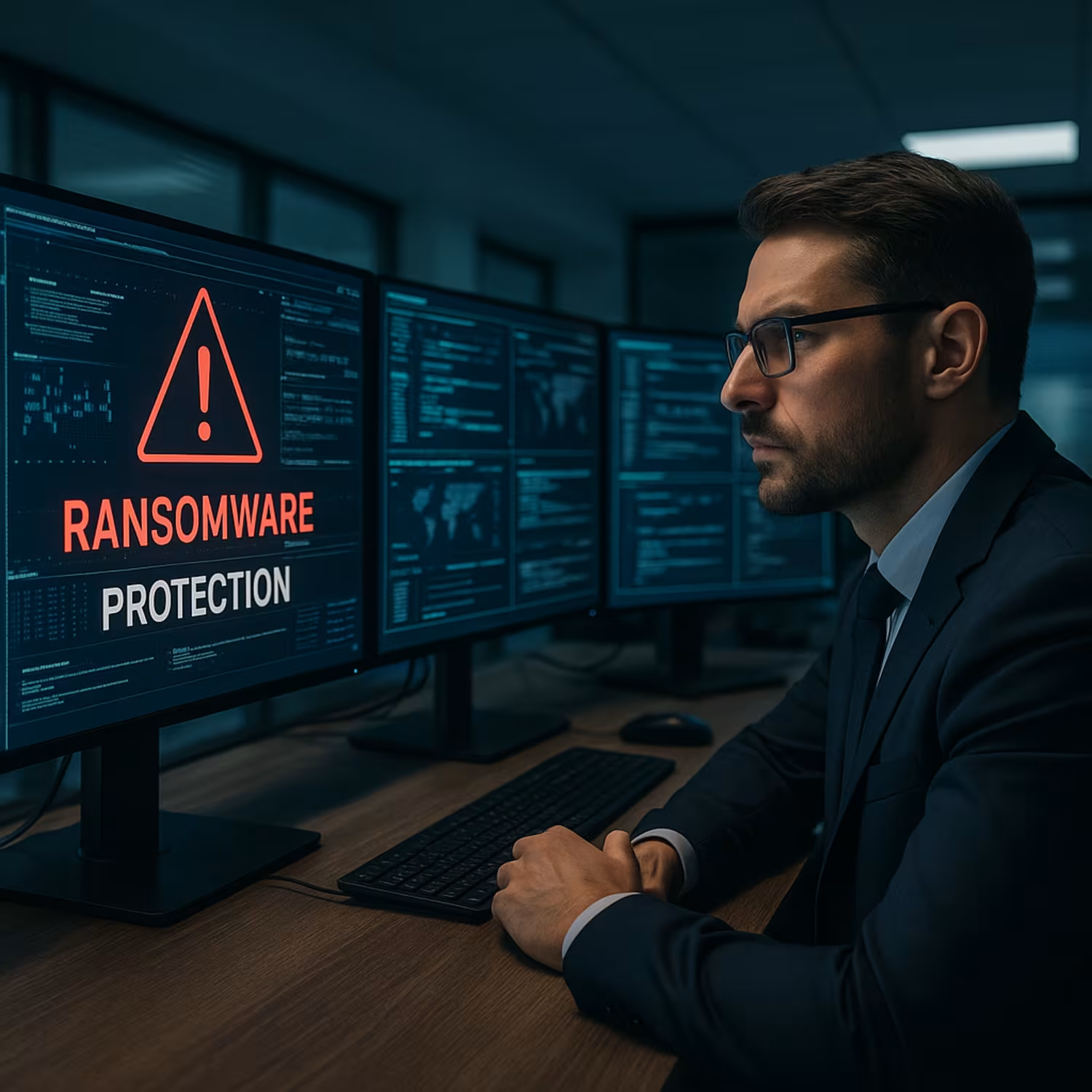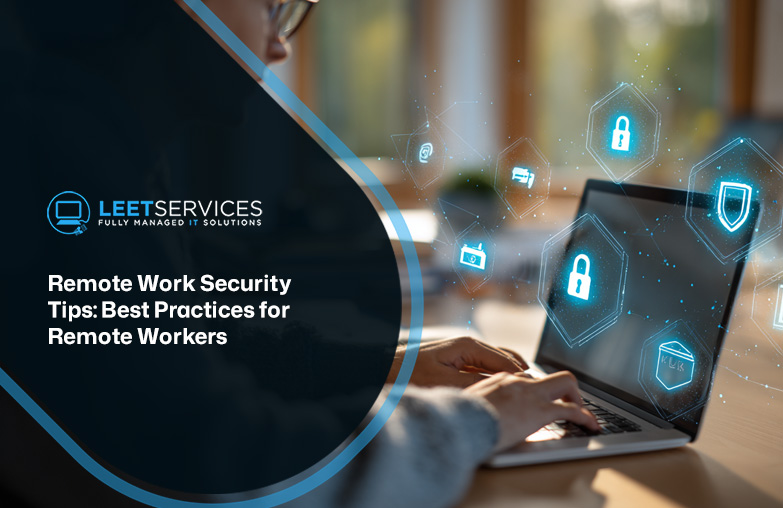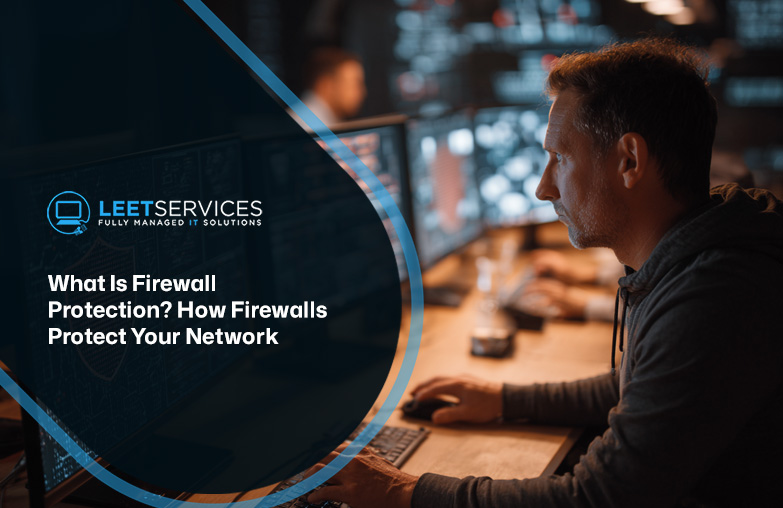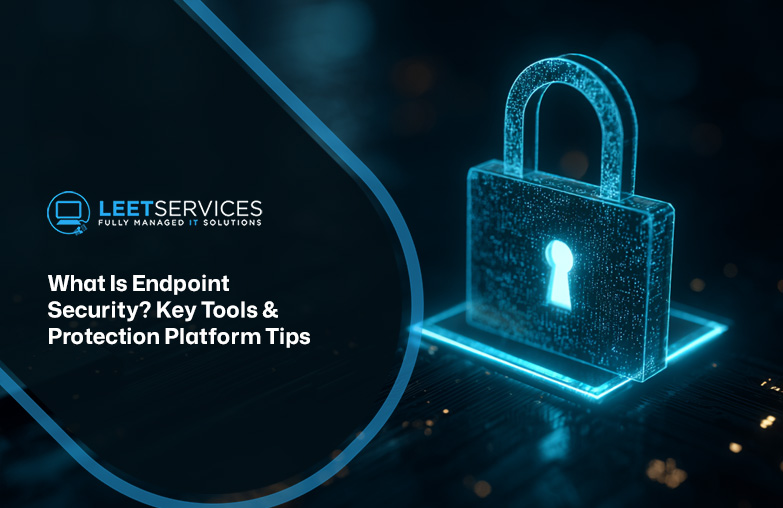Ransomware Protection: Tools, Threats & Prevention Best Practices
Ransomware protection is no longer optional for growing businesses. With ransomware attacks becoming more frequent and sophisticated, companies must take proactive steps to secure their systems. In this blog, you'll learn how ransomware works, how to protect against ransomware, and what tools and strategies can help you stay ahead of threats. We'll also cover common mistakes, prevention best practices, and how to respond if your systems are compromised. Whether you're dealing with malware, antivirus gaps, or outdated backup systems, this guide will help you build a stronger defense.
Understanding ransomware protection
Ransomware protection involves a mix of technology, policies, and user awareness. The goal is to stop ransomware before it can encrypt your files or demand a ransom. This means blocking malicious software, detecting unusual behavior, and having a plan in place if something goes wrong.
Most ransomware enters through phishing emails, compromised websites, or outdated software. Once inside, it can spread quickly across your network. That’s why a strong defense includes up-to-date antivirus tools, secure endpoints, and regular backups. It also means training your team to recognize suspicious activity and respond fast.

Common mistakes that weaken ransomware protection
Even with good intentions, many companies make simple errors that leave them vulnerable. Here are some of the most common mistakes to avoid:
Mistake #1: Ignoring software updates
Outdated operating systems and applications are a major entry point for ransomware. Hackers often exploit known vulnerabilities that could have been fixed with a patch. Always keep your systems up-to-date.
Mistake #2: Weak or reused passwords
Using the same password across multiple accounts makes it easier for attackers to gain access. Encourage strong, unique passwords and use multi-factor authentication whenever possible.
Mistake #3: No backup strategy
If ransomware encrypts your files and you have no backup, your choices are limited. Regular, secure backups are your safety net. Make sure they’re tested and stored offsite or in the cloud.
Mistake #4: No incident response plan
When a ransomware attack happens, every second counts. Without a clear plan, confusion can delay your response. Create a step-by-step guide for your team to follow.
Mistake #5: Relying only on antivirus
Antivirus software is important, but it’s not enough. Modern ransomware can bypass basic defenses. Use layered protection, including anti-ransomware tools and behavior monitoring.
Mistake #6: Not training employees
Your team is your first line of defense. If they don’t know how to spot phishing attempts or malicious links, your risk goes up. Regular training helps reduce human error.
Mistake #7: Delaying remediation
If you detect ransomware but don’t act quickly, the damage can spread. Immediate remediation is key to limiting the impact and restoring operations.
Key benefits of strong ransomware protection
A solid ransomware protection plan offers more than just peace of mind:
- Reduces the risk of data loss from encryption or deletion
- Helps avoid costly downtime and business disruption
- Protects customer trust and your company’s reputation
- Supports compliance with cybersecurity regulations
- Improves your ability to detect and stop threats early
- Gives your team a clear plan for responding to incidents

Why ransomware defense requires more than just tools
Ransomware defense isn’t just about buying software. It’s about building a complete strategy that includes people, processes, and technology. Even the best tools can fail if they’re not used correctly or kept up-to-date.
Start by assessing your current security posture. Are your endpoints protected? Is your antivirus software current? Do you have a backup system that works? Then, look at your policies. Do employees know what to do if they spot suspicious activity? Is there a clear chain of command for incident response?
Finally, test your defenses regularly. Run simulations, review logs, and update your systems. Ransomware threats evolve quickly, so your defense must evolve too.
Tools and strategies to prevent ransomware attacks
To prevent ransomware, you need a mix of tools and smart practices. Here are some key components to consider:
Strategy #1: Use anti-ransomware tools
These tools are designed to detect and block ransomware before it can do damage. They monitor file behavior, flag suspicious activity, and isolate threats.
Strategy #2: Secure your endpoints
Endpoints like laptops, desktops, and mobile devices are common targets. Use endpoint protection software to monitor and control access.
Strategy #3: Implement email filtering
Many ransomware attacks start with phishing emails. Email filters can block malicious attachments and links before they reach your team.
Strategy #4: Apply least privilege access
Limit access to sensitive data based on job roles. If ransomware hits one user, it won’t spread as easily if access is restricted.
Strategy #5: Monitor network activity
Unusual traffic patterns can signal an attack. Network monitoring tools help you detect ransomware early and take action.
Strategy #6: Encrypt sensitive data
If attackers can’t read your data, they can’t use it against you. Encryption adds another layer of protection.
Strategy #7: Test your backups
Having backups is good. Knowing they work is better. Regularly test your backups to ensure they can be restored quickly.

How to implement ransomware protection effectively
Putting ransomware protection in place takes planning. Start by identifying your most valuable data and systems. Then, prioritize protection for those areas.
Next, choose tools that fit your business size and needs. You don’t need the most expensive software—you need reliable systems that are easy to manage. Train your team, set clear policies, and review your setup regularly.
Finally, partner with an IT provider if you need help. A managed service provider can monitor your systems, respond to threats, and keep your defenses current.
Best practices for ransomware protection
Following best practices helps reduce your risk and improve your response:
- Keep all systems and software up-to-date with the latest patches
- Use multi-factor authentication across all critical systems
- Train employees regularly on phishing and social engineering
- Create and test a ransomware-specific incident response plan
- Store backups in secure, offsite locations and test them often
- Monitor your network for unusual activity and set alerts
A strong defense combines tools, training, and planning.

How Leet Services can help with ransomware protection
Are you a business with 15–80 employees looking to improve your ransomware protection? If you're growing and need reliable systems to defend against ransomware, malware, and cyber threats, we can help.
At Leet Services, we specialize in helping businesses build strong, practical defenses. Our team can assess your current setup, recommend the right tools, and provide ongoing support. Don’t wait until after an attack—contact us today to protect what matters.
Frequently asked questions
What is the best way to detect ransomware before it spreads?
Early detection is key to stopping a ransomware infection. Use tools that monitor file behavior and network activity. These can alert you when files are being encrypted or moved in unusual ways. Also, keep your antivirus software up-to-date to catch known threats.
Having a strong incident response plan helps too. If your team knows how to respond, they can act fast and limit the damage. Make sure your backup systems are tested and ready in case you need to restore data.
How can I prevent ransomware from entering my network?
To prevent ransomware, start by securing your endpoints and training your team. Most attacks begin with a phishing email or a malicious link. Teach employees how to spot these and report them.
Use email filtering, firewalls, and antivirus tools to block threats before they reach users. Keep your operating system and software up-to-date to close security gaps. Regular updates reduce the chance of an attacker finding a way in.
Should I pay the ransom if my files are encrypted?
Paying the ransom is risky and not recommended. There’s no guarantee you’ll get your data back, and it encourages more attacks. Instead, focus on recovery.
If you have secure backups, you can restore your systems without paying. Work with a cybersecurity expert to handle remediation and prevent future attacks. Always report the incident to the proper authorities.
What are the signs of a ransomware infection?
Common signs include slow system performance, locked files, or messages demanding payment. You might also see unusual file extensions or find that you can’t access certain folders.
If you suspect an infection, disconnect the affected device from the network immediately. Then, begin your incident response process. The faster you act, the more data you can save.
How often should I update my ransomware protection tools?
Update your tools as soon as new versions are available. Most modern antivirus and anti-ransomware tools offer automatic updates—make sure this feature is enabled.
Regular updates fix vulnerabilities and improve detection. Also, review your protection strategy every few months to make sure it still fits your business needs.
What role does cybersecurity training play in ransomware prevention?
Cybersecurity training is one of the most effective ways to prevent ransomware. Many attacks succeed because someone clicks a malicious link or opens a dangerous file.
Training helps your team recognize threats and respond appropriately. It also builds a culture of awareness, making it harder for attackers to succeed. Combine training with strong technical controls for the best results.





.avif)
.avif)
.avif)


